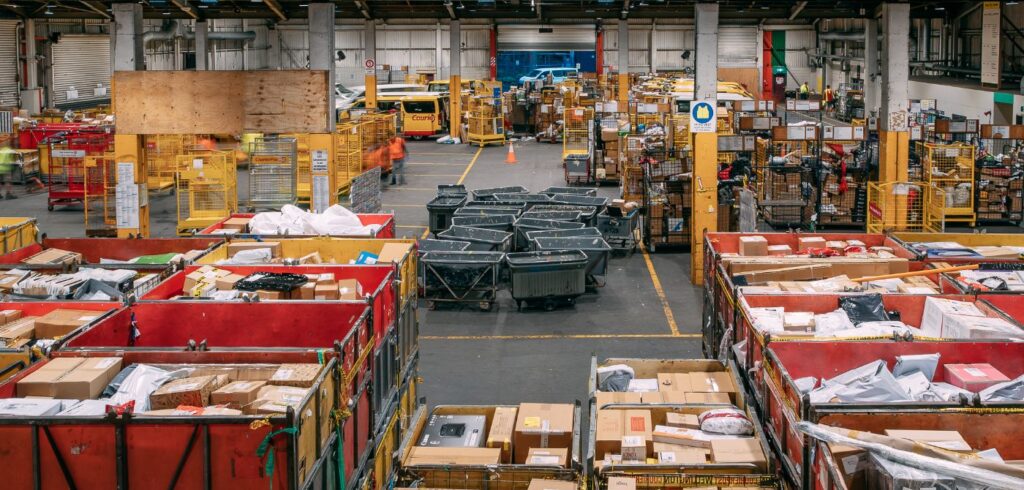NZ Post’s eCommerce Spotlight report shows that Kiwis spent NZ$1.6bn (US$1bn) online on physical goods between April 1 and June 30, 2022 – a 4% decrease on the same period in 2021.
The report revealed that health and beauty was the only online sector to show spending growth in this period, up 4% from the same period in 2021, driven by pharmacy and medical spending in a period of Covid-19 and flu sickness. Discretionary spend sectors like department, variety and miscellaneous retail (down 12%), and recreation, entertainment, books and stationery (down 10%) experienced the largest declines in online sector spending compared to the same period last year. Looking beyond the previous year, Q2 2022 online transaction volumes were up 28%, with basket size up 19%, compared to the same period in 2019, before the Covid-19 pandemic.
According to the post, the 4% decline is likely the reduction in customers’ ability and willingness to spend – both online and in-store – due to the declining economic situation. Regardless of this, NZ Post has highlighted that online shopping in Q2 2022 is still 52% higher than in 2019.
Chris Wong, general manager of business marketing at NZ Post, said, “We need to consider the decline in online spending in the context of the wider economic and retail environment. Online spending has fared comparatively well to other channels, reinforcing that online shoppers are not making the switch back to in-store, but they are tightening their purses.
“Kiwis are also continuing to make the positive choice to buy local. Approximately 75% of spending online in the second financial quarter of 2022 was with NZ-based retailers, up from 71% a year ago. Our latest eCommerce Spotlight report also shows shoppers moving away from non-essential spending. The largest online sector – specialty food, groceries and liquor – held its ground online (0% spend decline on the second financial quarter of 2021).
“Within the sector, however, we see two different stories. The grocery store/supermarket sub-sector saw a 14% rise in online shopping spend. Contrast this with liquor stores which saw a 10% decline in spending. Shoppers are clearly putting less liquor in their baskets or substituting products with lower-priced items.”


